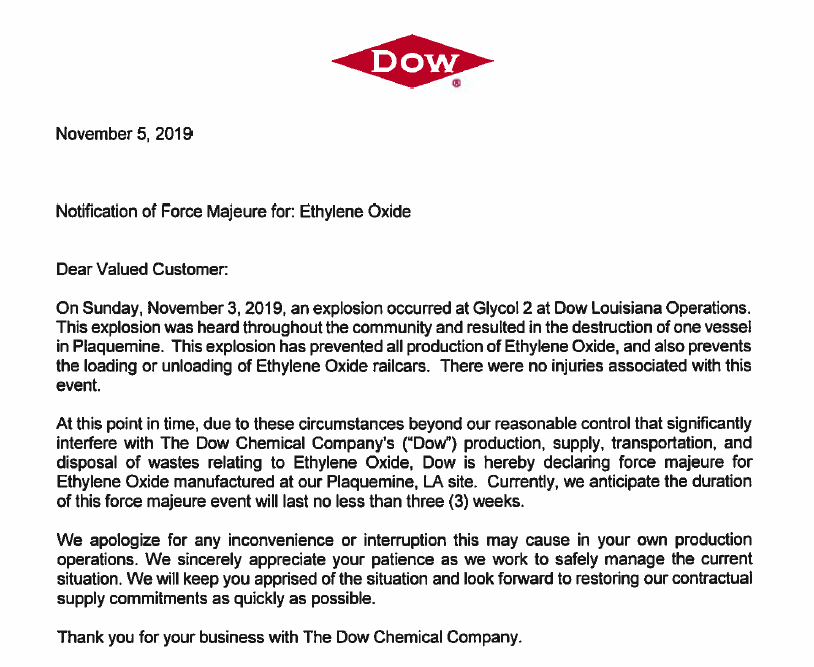

As of May 2022, the total amount of demand deposit accounts in the U.S.—officially, the total demand deposits component of M1—was $4.98 trillion. This compares to $1.4 trillion five years ago and $733 billion 10 years ago. Demand deposits are usually considered part of the narrowly defined money supply, as they can be used, via checks and drafts, as a means of payment for goods and services and to settle debts.
- A demand deposit account consists of funds held in a checking account from which deposited funds could be withdrawn at any time, similar to checking accounts.
- Michael Boyle is an experienced financial professional with more than 10 years working with financial planning, derivatives, equities, fixed income, project management, and analytics.
- Demand deposits offer higher liquidity than any other deposit products offer.
- For instance, one bank might offer a better return however require a bigger deposit.
Ebony Howard is a certified public accountant and a QuickBooks ProAdvisor tax expert. She has been in the accounting, audit, and tax profession for more than 13 years, working with individuals and a variety of companies in the health care, banking, and accounting industries. Christina Majaski writes and edits finance, credit cards, and travel content. She has 14+ years of experience with print and digital publications. 10 Best Bank for Savings Account in India 2023 – With Interest Rates Savings account is a type of financial instrument offered by several banks. The credit card limit is the maximum amount of money you can spend using your credit card.
You are unable to access investinganswers.com
Once upon a time, banks could not pay interest on certain demand deposit accounts. For example, the Federal Reserve Board’s Regulation Q enacted in 1933, specifically prohibited banks from paying interest on checking account deposits. The fee of interest on financial savings checking account varies from financial institution to bank and also modifications from time to time. A minimum steadiness has to be maintained within the account as prescribed by the bank.
Money market accounts are also included under the demand deposit accounts umbrella. Funds cannot be withdrawn from a term deposit account until the end of the chosen period without incurring a financial penalty, and withdrawals often require written notice in advance. At the end of the period, the depositor has the choice of withdrawing deposited funds plus earned interest, or rolling over the funds into a new term deposit. The most common form of a term deposit is a bank certificate of deposit or CD. Demand deposits refer to deposits that are made into the various types of demand deposit accounts or DDA. These demand deposit accounts or DDA are bank accounts through which deposits can be withdrawn anytime, without any advance notice to the bank.
Term deposit accounts pay a higher rate of interest than traditional savings accounts. They let account-holders deposit and withdraw funds on demand and they typically pay market interest rates . However, they might not be as on-demand as regular demand deposit accounts. Some banks may limit the per month withdrawals or other transactions on MMA accounts. Banks can pay interest on demand deposit accounts, though, with checking accounts, this typically isn’t the norm. This includes traditional savings accounts at brick-and-mortar banks, as well as high-yield savings accounts offered by online banks.
AccountingTools
A demand deposit account consists of funds held in a checking account from which deposited funds could be withdrawn at any time, similar to checking accounts. DDA accounts can pay interest on a deposit into the accounts however aren’t required. A DDA permits funds to be accessed anytime, whereas a time period deposit account restricts entry for a predetermined time. Demand deposit accounts offer greater liquidity and ease of access as compared to term deposits but pay lower interest rates, and they may also include various fees for handling the account. These deposits are made to deposit accounts corresponding to financial savings accounts, checking accounts and money market accounts.
I’ve written for Life + Money by Citi, Bankrate and The Balance, among others. Is quite excited in particular about touring Durham Castle and Cathedral. Electronic Transfer is allowed in Demand Deposits.You do not need to carry cash when you have Demand Deposit account. Are very liquid, making it very easy for customers to use them for their day-to-day spending. Expenses include groceries, monthly bills, cosmetics, cost of transportation, etcetera.

The bank might require you to maintain a higher balance for getting started with the money market account. However, you earn the least amount of interest on a checking account, if any at all. Checking accounts are also further classified into different types, including online, reward, student, interest-bearing, and senior checking accounts. Although rarely if ever exercised in practice, banks must still reserve the right to require seven days’ advance written notice for an intended withdrawal. John has a balance of £100,000 in his savings bank account as of August 1st. On August 15th, he received £200,000, and the proceeds of the Term Insurance policy amount matured.
Given these information, we are able to say that there are upsides and downsides of going thru time deposit with banks or financial establishments. Unlike checking accounts, financial savings accounts always pay curiosity, which is often at a fixed price set by the bank. Savings accounts are normally used to hold funds that won’t be needed within the brief time period. Savings accounts don’t supply examine-writing privileges, though users can withdraw funds at a branch or ATM.
What is demand deposit Class 10?
Basically, a DDA allows funds to be accessed anytime, while a term deposit account—also known as a time deposit account—restricts access to funds for a predetermined period. Funds cannot be withdrawn from a term deposit account until the end of that term without example of demand deposit incurring a financial penalty, and withdrawals often require written notice in advance. If depositors were required to notify their banks in advance before withdrawing funds, it would be quite a challenge to obtain cash or make mundane transactions.
How does Demand Deposit Account work?
Specialty CDs offer features such as the ability to add to the principal or avoid early withdrawal fees. Some options offer more flexibility, but may have lower rates than standard CDs. Information provided on Forbes Advisor is for educational purposes only. Your financial situation is unique and the products and services we review may not be right for your circumstances.
Privately owned demand deposits in the 1990s equaled over 30 percent of total deposits. NOW accounts require you to give the bank advance notice before making a withdrawal. For example, your bank may require you to request a withdrawal in writing seven days before you plan to make it. Though banks might not always enforce this rule with NOW accounts, it’s important to know that it exists. Interest can be paid to owners of the demand deposit account based on funds available in the account.
If you go over this limit, your bank may charge a fee or convert your savings account into a checking account. Most banks don’t provide ATM cards for savings accounts, which means you’ll have to transfer money to another account if you want to withdraw cash via an ATM. The most common types of demand deposits are checking, savings, and money market accounts.
The depositor receives a predefined interest rate on the term deposit over the specified term. Term deposit accounts usually pay a higher interest rate than Demand Deposits. The amount deposited in Term Deposits gets locked for a specified time period. Finally, be sure to shop around for rates before you commit to a time deposit account. The best CD rates are usually going to be higher than the APYs offered by a typical savings account. Yet, you may be able to get a higher APY from some of the best online savings or checking accounts without having to tie up your money for a specific period of time.
Checking accounts are the most accessible type of bank account, but they also pay the least amount of interest. Of those that do, the current national average is around 0.03% APY. In exchange for total accessibility, your demand deposit account may earn very little interest, if any at all. However, your funds are insured by the Federal Deposit Insurance Corporation for up to $250,000, which can provide some peace of mind. A demand deposit is a bank account that allows you to withdraw funds at any time without having to notify the bank first. Checking AccountsA checking account is a bank account that allows multiple deposits and withdrawals.
However, CDs are good for short term investment as those issued by the banks have the highest maturity period of 1 year. For CDs issued by financial institutions, the maturity period ranges from 1 year to 3 years. Demand deposits are called so because they can be accessed anytime, whenever you want, and for any reason. You don’t have to notify the bank prior to withdrawing money from demand deposits. However, demand deposit means more liquidity, ease of access, and convenience than term deposits. A demand deposit is an amount deposited in a demand deposit account which allows you to withdraw money on-demand.
What Is a Demand Deposit in Economics?
Money market account is an interest-bearing account at a bank or credit union, not to be confused with a money market mutual fund. M1 is the money supply that encompasses physical currency and coin, demand deposits, traveler’s checks, and other checkable deposits. Demand deposits make up most of a particular measure of the money supply—M1.
Michael Boyle is an experienced financial professional with more than 10 years working with financial planning, derivatives, equities, fixed income, project management, and analytics. Investopedia requires writers to use primary sources to support their work. These include white papers, government data, original reporting, and interviews with industry experts. We also reference original research from other reputable publishers where appropriate.



